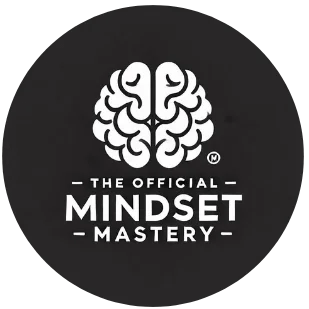If you want to try meditation, select a space which is quiet and free from interruptions. Also ensure your position is comfortable for maximum effectiveness.
Focus on breathing deeply, inhaling and exhaling, then close your eyes and pay attention to any sensations in your body.
Muhammad was well known to meditate often and reflect upon his surroundings, which can be seen throughout Islam – for instance through one of its central practices: salat.
1. Reflection
Reflection refers to the process of reflecting light, heat, sound or images back onto themselves in an indirect fashion. It is one of four types of transformations found within geometry – translation, rotation and dilation being others.
Reflection is often mentioned in the Quran as a great form of worship that provides an intimate relationship with Allah. Reflection allows a devotee to connect more closely with Allah through thoughtful thought and observation.
Meditation through Dhikr is an integral aspect of Islam that can bring inner peace and cultivate gratitude for His many gifts. Anyone can benefit from practicing Dhikr.
Reflection allows us to recall what has occurred and assess its outcomes, while at the same time appraising what lessons were learned for future endeavors. Reflecting upon experiences can also help us recognize past errors and learn from them; furthermore, reflecting helps expand wisdom as well as increase appreciation of all external forces which contributed towards making something possible.
2. Meditation
Meditation encompasses many practices, from guided imagery and breathing exercises to counseling or spiritual guidance sessions. Some forms can be done collectively while others require individual assistance with trained counsellors or spiritual guides; and can often be found as part of religious philosophies such as Buddhism, Hinduism or Taoism (founded by Chinese philosopher Laozi).
Meditation can help address issues like stress, depression or anxiety; however, its real purpose lies in connecting to the deep inner Self – any form of meditation that achieves this is considered authentic regardless of its source or religious affiliation.
Prayer and dhikr (remembrance of Allah) are considered true forms of Islamic meditation; both involve submission and worship that requires concentration and focus. Solitary contemplation or reflecting on the wonders of nature also qualify as forms of Islamic meditation; however, certain meditative yoga and religious groups that promote such practices contain acts or positions contrary to Islamic teachings that should be avoided – which makes research your chosen forms of meditative practices essential.
3. Imagination
Meditators must be able to focus on what is truly happening now and the future, using imagination as well as increased awareness to recognize Allah subHanahu wataala’s presence and actions.
There are various ways of meditation, some more effective than others. Focusing on God’s words day and night is one of the best techniques. Another effective practice is called “Tafakkur (repetition).” This involves reading portions of Quran during the daytime and reflecting upon them at nighttime.
Meditation can take many forms; here we focus on its definition as spending time alone for contemplation and remembering Allah subHanahu wataala. Dhikr is often considered the ideal form of meditation and forms an integral part of Islam.
4. Visualization
Visualization is the act of creating mental images in your head. While similar to imagining, visualization differs in one key way: when you imagine something it may or may not be true depending on your interpretation and wisdom – but when visualized it always remains accurate due to being grounded in real knowledge about its subject.
Visualization can be utilized in many different ways to help students comprehend a text by creating mental images while reading nonfiction texts; this method of learning improves reading comprehension significantly. Visualizing can also be an excellent tool for teaching history by having students read about an important time period in history textbooks and then helping them imagine life during that period.
However, it should be remembered that not all forms of meditation are permissible in Islam. Some mystical forms contain positions, postures and chants which contradict Islamic teachings; proper Islamic meditation is known as Tafakkur and constitutes a form of Dhikr.
5. Focus
Focusing is a way of creating an open and compassionate space in which inner feelings can emerge without judgement or criticism from yourself or outside sources. Eugene Gendlin developed this form of meditation to access one’s body’s own sense of itself.
Islamic meditation is known as Tafakkur (contemplation). The Quran encourages contemplating our universe and ourselves for evidence of God Almighty’s strength and perfect creation.
One school of thought holds that praying Salah and reading the Quran constitute meditation, since these practices involve concentration on Allah subHanahu wataala. Others, however, disagree and consider it not true meditation due to being a form of dhikr – an Arabic term meaning “remembrance,” that involves not only recalling Allah subHanahu wataala but also contemplation in solitude – with practices such as repeating la ilaha illa’llah or using prayer beads over and over while walking or sitting still and silence generating intimacy between one and Allah subHanahu wataala.




